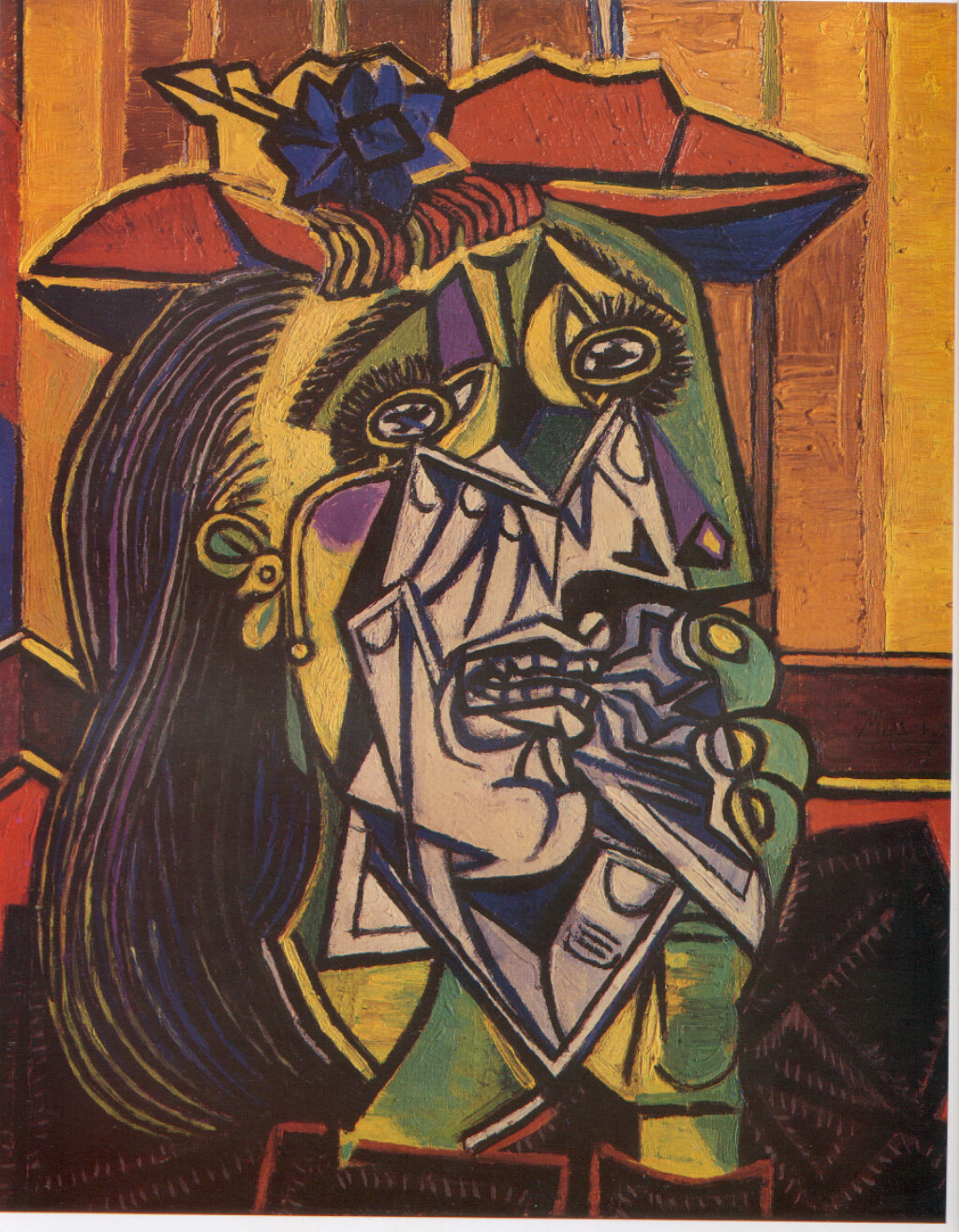
Art Provenance & Restitution: Tracing Ownership & Ethical Collecting
Uncover the unseen stories behind art: delve into provenance, art restitution, and the profound quest for justice. Explore ethical dilemmas, technology's role, and how artists and collectors shape the future of cultural heritage.
The Unseen Stories Behind the Canvas: Provenance and the Profound Quest for Art Restitution and Cultural Heritage
Ever stare at a painting and wonder about its secret life before it came into view? Not just who painted it, but where it's been, who's loved it, and if it carries any hidden stories of turmoil or triumph? As an artist, my days are often filled with color and creation, but my mind frequently wanders to these unseen stories behind the canvas. And honestly, for a long time, the phrase 'provenance in art restitution' felt as impenetrable as ancient hieroglyphs to me. Yet, the more I delve, the clearer it becomes: this isn't just about dusty ledgers or intricate legal battles. It’s a profound journey into history's depths, a painstaking quest for justice, and indeed, a vital roadmap for the future of ethical collecting.
It’s about acknowledging the quiet whispers of history and ensuring every artwork carries its true, unblemished narrative, unbroken by illicit acquisition or the obscuring passage of time. My own art, fresh off the easel, will one day have its own history, and I feel a deep responsibility to ensure its story begins with clarity and truth. So, for anyone interested in the silent narratives art carries – and the immense emotional weight they often bear – let's explore what provenance is, why it's crucial for justice, the challenges in tracing it, and how technology and proactive artists are shaping its future.
Provenance: An Artwork's Unfolding Biography
At its simplest, provenance is like an artwork's personal passport or its elaborate family tree. It’s that meticulous record of everywhere it’s been and everyone who’s owned it, right from the moment it left the artist’s studio. Think of it as the artwork's continuous "chain of custody," documenting every transfer of possession, establishing a legal "chain of title" that proves legitimate ownership. For most collectors, understanding your art's history confirms its identity, charts its journey through time, and yes, often enhances its market desirability.
But when we talk about restitution – the complex process of returning cultural objects to their rightful owners – provenance isn't just about value or a fascinating backstory; it’s the entire roadmap to justice. Without it, proving rightful ownership becomes an almost insurmountable task – like trying to find a specific grain of sand on an endless beach without knowing where to start digging.
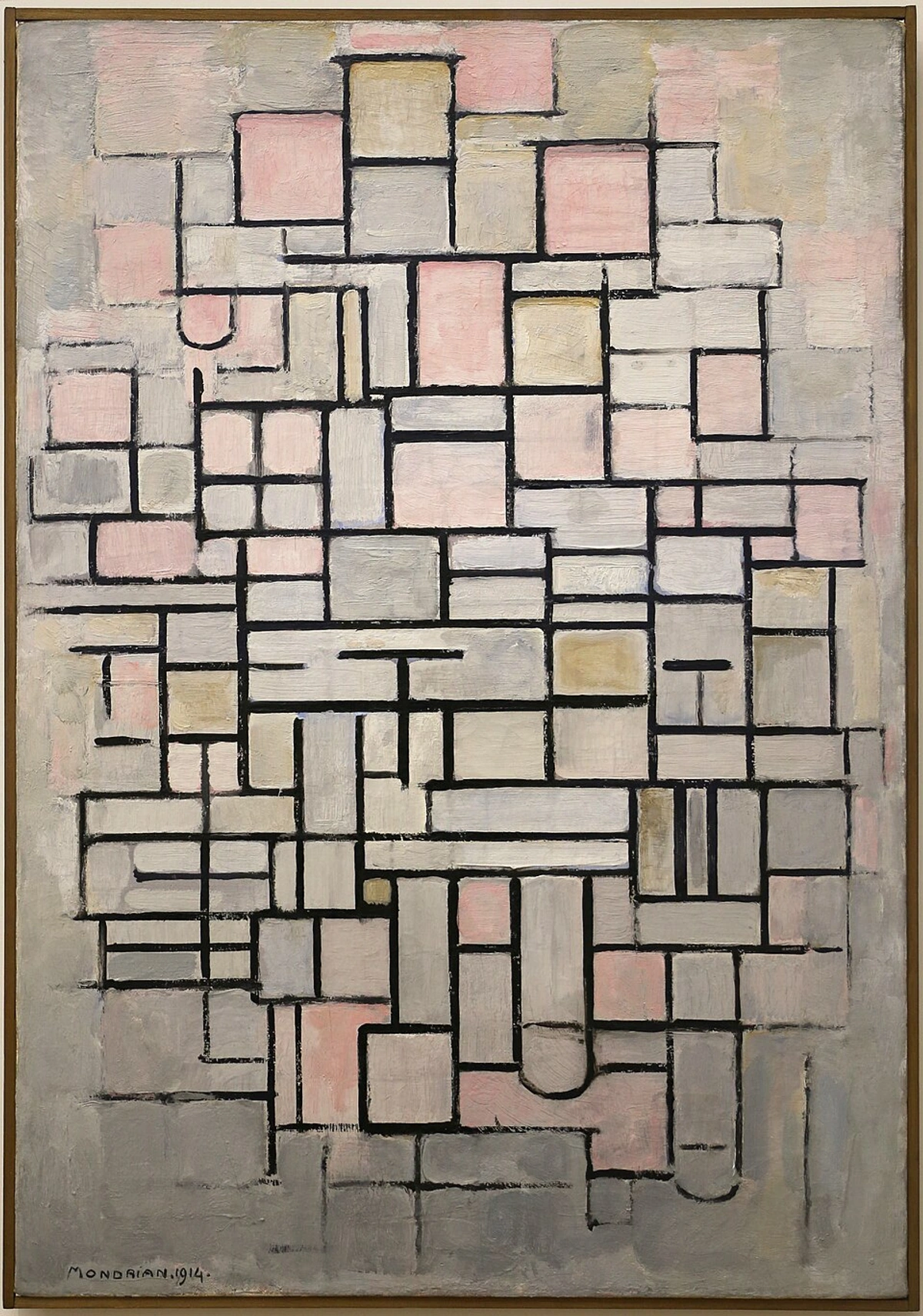
The Building Blocks of Provenance: More Than Just Receipts
To give you a clearer picture, provenance is built from a diverse array of documents and records that weave together an artwork's life story. This isn't just about sales receipts; it's a forensic examination of an object's past, often requiring specialized expertise. Think of it as the art world's equivalent of a detective's evidence locker – sometimes pristine, sometimes a bit of a mess!
I remember once, trying to piece together the history of an old family photo for a friend. It had no dates, no names on the back, just a faded image. It took an old exhibition catalog she stumbled upon, listing a similar photograph, to finally crack the timeline. That's how it often feels with art provenance: every tiny clue is a building block.
- Bills of sale and receipts: The most basic transaction records, showing who sold what to whom. For restitution, these are vital to establish legal transfers and identify any missing links.
- Exhibition catalogs and scholarly publications: These prove public display and academic recognition, placing the work in a public context and affirming its significance. For stolen art, they can sometimes indicate where a piece was before it vanished, or if it resurfaced under dubious circumstances.
- Letters, diaries, and family photographs: Invaluable personal connections, sometimes showing an artwork in its original home or revealing details about its early life and context. These can be crucial for establishing pre-war or pre-colonial ownership.
- Expert opinions and appraisal reports: Professional assessments confirming authenticity and value over time, lending credibility to the artwork's journey. They can also highlight any inconsistencies or suspicious alterations.
- Customs and shipping records: Crucial for tracking cross-border movements, which can sometimes flag illegal transfers, alert authorities to suspicious activity, or confirm legitimate export.
- Auction house records: Detailed accounts of sales and previous owners, often a goldmine for researchers, providing a snapshot of the work's market history and sometimes revealing prior provenance research.
- Conservation reports: Documents detailing restorations or condition changes, which can sometimes reveal hidden stamps, previous alterations, or even ownership marks underneath later additions, offering forensic clues.
The Weight of History: Where Justice and Cultural Heritage Intersect
The reason provenance in restitution is such a critical, and often heartbreaking, discussion stems from periods of immense upheaval and cruelty. It’s this meticulous historical record, or the heartbreaking lack of it, that becomes the battleground for justice. Beyond legal claims, the emotional and psychological impact of restitution for individuals and communities is profound. Reclaiming a stolen or illicitly acquired artifact can be a powerful act of healing, restoring dignity, acknowledging past wrongs, and rebuilding a fractured cultural identity. It’s not just about an object; it’s about acknowledging a shared trauma and offering a path toward reconciliation.
We often think immediately of art looted during World War II by the Nazis, inspiring figures like the Monuments Men. But the narrative is much broader, encompassing the deep, often unacknowledged wounds inflicted by colonialism and conflict across centuries. We see it in cultural artifacts taken from colonized nations, like the ongoing calls for the return of the Benin Bronzes or the Elgin Marbles. Their return is sought not just for historical context, but as an affirmation of cultural identity, challenging the colonial narratives of acquisition and asserting the right of nations to reclaim their patrimony. We also see it during other conflicts like the Napoleonic Wars; the illicit trade of antiquities from war-torn regions like Iraq and Syria; and the displacement of art during periods of political turmoil globally.
Beyond these well-known examples, the ethical considerations surrounding art and artifacts acquired from indigenous communities, sometimes through coercion, unequal treaties, or without full understanding, weigh heavily on the discussion of provenance and its moral implications. Think of ancient burial artifacts, ceremonial masks, or sacred objects, often acquired during colonial expansion or from living artists in developing nations where significant power imbalances might have existed during acquisition. These aren't just objects; they are often the last tangible link to lost families, destroyed communities, or erased histories – deeply interwoven with a people's cultural heritage. The ethical considerations here are staggering, as we've touched upon in articles like ethical considerations when buying cultural art and the ethics of repatriation.
It’s moments like these, when I picture families poring over faded photographs, desperately searching for a single brushstroke that represents a lost legacy, that my own heart aches a little. What does it truly mean to reclaim a lost piece of one's heritage? It's not just about monetary value; it's about dignity, memory, and the restoration of a cultural identity. A poignant example, though often legally protracted, is the case of Maria Altmann and the restitution of Gustav Klimt's "Woman in Gold" (Portrait of Adele Bloch-Bauer I), stolen by the Nazis. Her decades-long fight became a powerful symbol of the personal, human cost of art theft and the triumph of justice through meticulous provenance research.
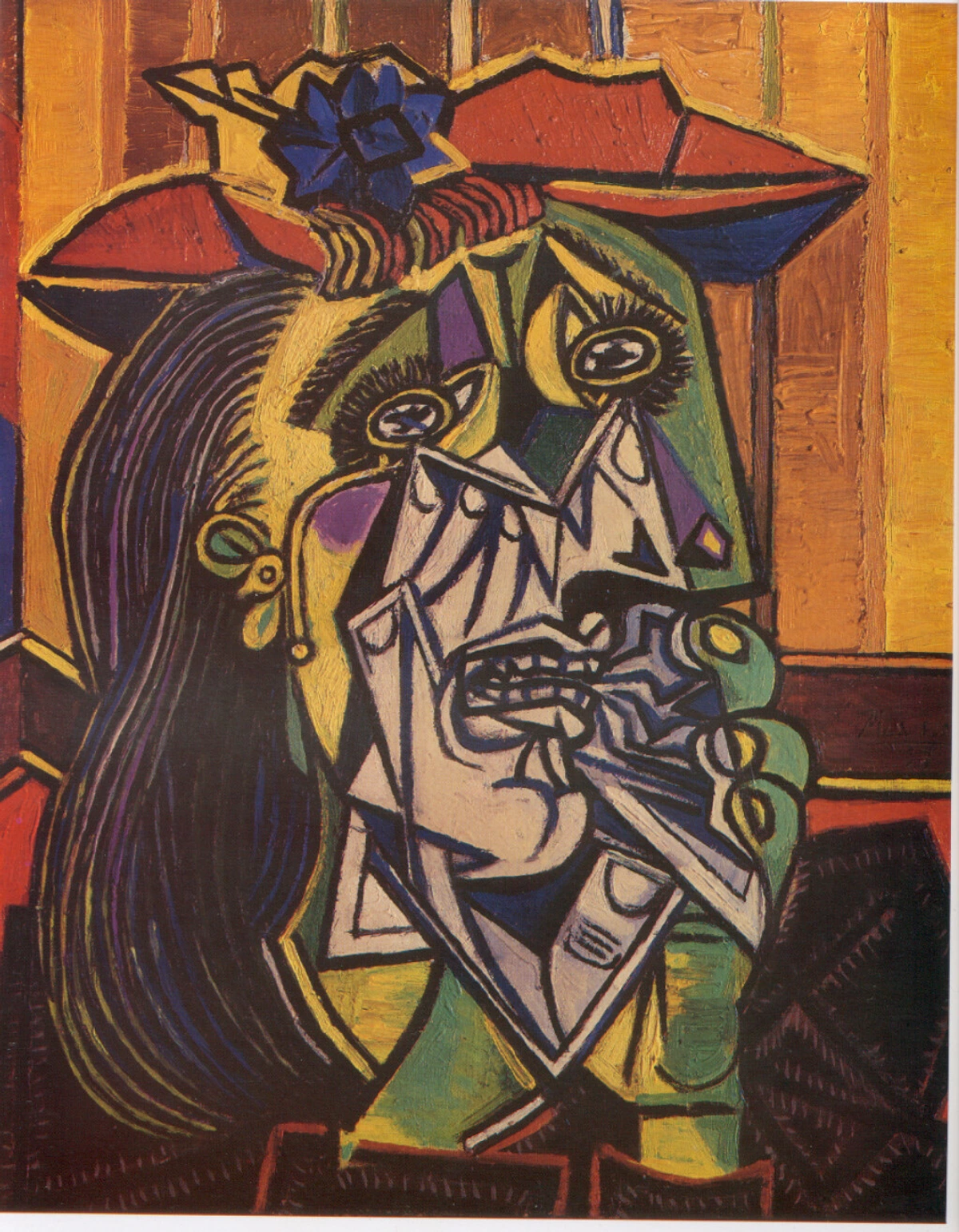
Restitution vs. Repatriation: A Subtle but Important Distinction
While often used interchangeably, there’s a subtle but important distinction between art restitution and art repatriation. Both seek to right historical wrongs, but the claimants and legal frameworks can differ. Think of it like this:
Feature | Art Restitution | Art Repatriation |
|---|---|---|
| Claimants | Private individuals, families (focused on reclaiming specific property) | Nations, communities of origin, museums (focused on reclaiming cultural identity) |
| Context | Illegal seizure, looting, unethical acquisition | Colonial acquisitions, indigenous heritage, national patrimony |
| Goal | Restore personal/familial ownership and legacy | Restore cultural identity and national heritage |
The Art of the Archive Dive: Tracing an Artwork's Odyssey
But how do we actually do this detective work? Unraveling these knots of history often involves a Herculean effort, a kind of historical detective work that would make Sherlock Holmes proud (or perhaps just very tired). It's a task that requires a particular kind of grit, a willingness to wade through the less glamorous, often dusty, aspects of history – definitely not a job for the easily daunted. Imagine sifting through crumbling archives, forgotten auction catalogs, handwritten ledgers, and fragmented family histories.
Sometimes, this detective work uncovers sophisticated attempts to rewrite history – forged letters, altered dates on documents, even entirely fabricated ownership chains designed to obscure illicit origins. Unraveling those takes an extra layer of cunning and dedication. I remember once, in my early days, getting completely lost in microfiche archives, the smell of old paper almost overwhelming. It was less glamorous than I'd imagined, more like searching for a needle in a hayst-stack made of dust bunnies, but the sheer satisfaction of finding that one crucial detail was electric.
Researchers, often including dedicated art historians, conservators, legal experts, and even private investigators, spend years piecing together clues, translating archaic documents, and interviewing descendants. Art historians, for instance, lend their expertise in stylistic analysis, helping to confirm an artwork's period and possible origins even when documentation is scarce. Conservators, with their intimate knowledge of materials, techniques, and the "life" of a painting, play a crucial role. They can identify original pigments, detect overpainting, analyze layers of restoration, or even find hidden artist signatures or gallery stamps beneath later additions. Their work provides forensic evidence that can either corroborate or contradict written provenance, adding another vital layer of verification.
Organisations like the Art Loss Register, specialized provenance research teams within museums and law firms, private art detectives, and international bodies like UNESCO and ICOM, along with INTERPOL's Stolen Works of Art unit, dedicate themselves to this monumental task, often battling against deliberately falsified records, sheer historical neglect, or the simple passage of time. Perhaps it's my own artist's obsession with detail, but I find a strange thrill in these deep dives, even if they do involve more dust than glamour.
For example, finding a faded exhibition stamp on the back of a painting might lead researchers to an obscure gallery catalog from decades ago, which in turn lists a previous owner. That name could then be cross-referenced with wartime records or family archives, slowly building an unbreakable chain. It’s an incredibly patient process, one that often feels like connecting dots across centuries. I remember once, spending days on a seemingly dead-end lead for a friend's research, only for a casual mention in a decades-old newspaper clipping to crack the whole thing open. It truly is a testament to perseverance.
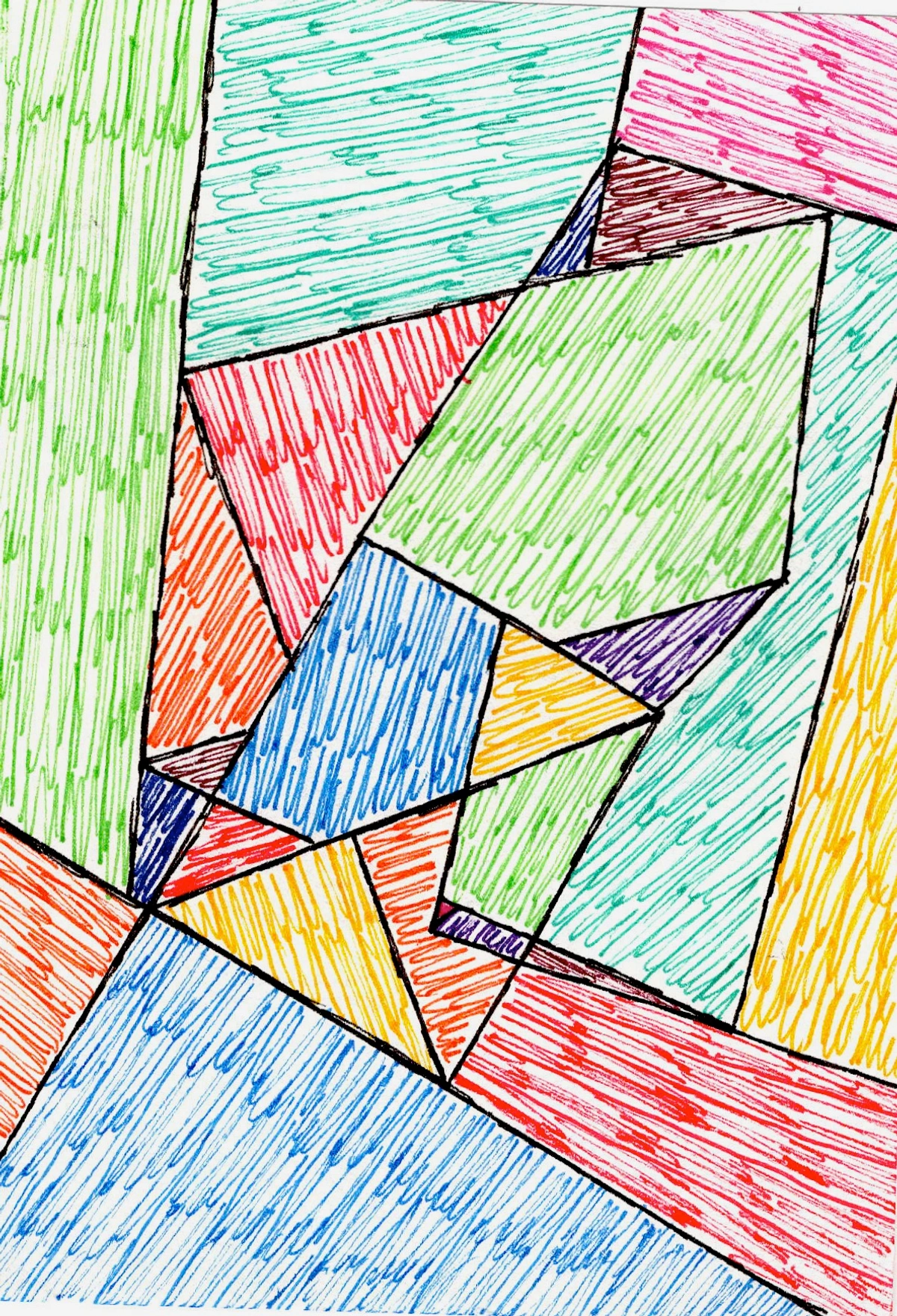
I often joke that my own art, fresh off the canvas, already feels like it needs a full biography. It’s a habit I picked up early on: documenting everything, from the specific pigments used to the exact moment it dried. Maybe it’s my slightly obsessive side, but it teaches a diligence that’s invaluable for any artist, especially when it comes to safeguarding future authenticity. This meticulousness becomes even more crucial when decades, or even centuries, separate a piece from its origins, and when someone is attempting to right a historical wrong. I remember once, a collector asked me for very specific details about a piece I'd done years ago—the exact type of canvas, the brand of acrylics. It felt a bit like an interrogation, but I realized then the immense value of keeping detailed records, even for my own art for sale.
This is why, as a collector, understanding how to trace the history of your art is such a valuable skill, even if your pieces are brand new. It instills a habit of diligence and respect for the artwork’s journey.
The Obscuring Passage of Time: A Relentless Foe in Provenance Research
The phrase "obscuring passage of time" isn't just poetic; it's a stark reality for provenance researchers. Imagine records fading, ink bleeding, archives crumbling, and human memories dimming or twisting with each passing decade. Wars and conflicts don't just destroy art; they incinerate documents, scatter families, and erase the very tracks needed to trace ownership. Even without conflict, simple neglect, poor record-keeping practices of past generations, or the dispersal of estates can leave vast, agonizing gaps. This relentless march of time makes every piece of surviving evidence precious, and every unearthed document a small victory against historical amnesia.
Navigating the Legal Maze: Frameworks, Dilemmas, and Due Diligence
Then there's the legal side, which, let's be honest, can feel like wandering into a particularly dense forest without a compass. Different countries have different laws, different statutes of limitations, and differing interpretations of what constitutes 'stolen' or 'looted' art. For instance, differing statutes of limitations mean there’s a strict time limit – a ticking clock, if you will – after a theft or loss within which a claim can be made, regardless of later discovery. This legal nuance, quite literally, can mean the difference between justice and continued loss, which is precisely why these statutes are so contentious in art restitution; how can you claim something you only just discovered was stolen decades ago, long after the legal window has closed? It's a painful conflict between legal practicality and moral imperative.
Adding another layer of complexity is the concept of a bona fide purchaser, sometimes known as an innocent purchaser. This is someone who buys property without knowledge of any defect in its title or any prior claim. In many jurisdictions, if a collector can prove they acquired an artwork in good faith, without any reason to suspect it was stolen or illicit, their ownership might be protected. Proving "good faith" often requires demonstrating they performed thorough due diligence and had no reasonable grounds to suspect any issue with the art's provenance. Critically, the burden of proof for demonstrating this good faith often lies with the purchaser themselves, requiring diligent record-keeping and robust research from their end.
This creates a significant ethical and legal dilemma. Imagine a collector, Sarah, who bought a beautiful abstract painting from a reputable gallery, doing all her due diligence. Years later, a family comes forward with irrefutable proof it was stolen from them during WWII. Sarah is an innocent buyer, but the family is the historical victim. This scenario pits the rights of an innocent current owner against the historical rights of the original victim. It's a deeply uncomfortable grey area with no easy answers, only painful trade-offs. This is also where the collector's own due diligence becomes paramount – carefully researching an artwork's history before purchase can prevent such quagmires.
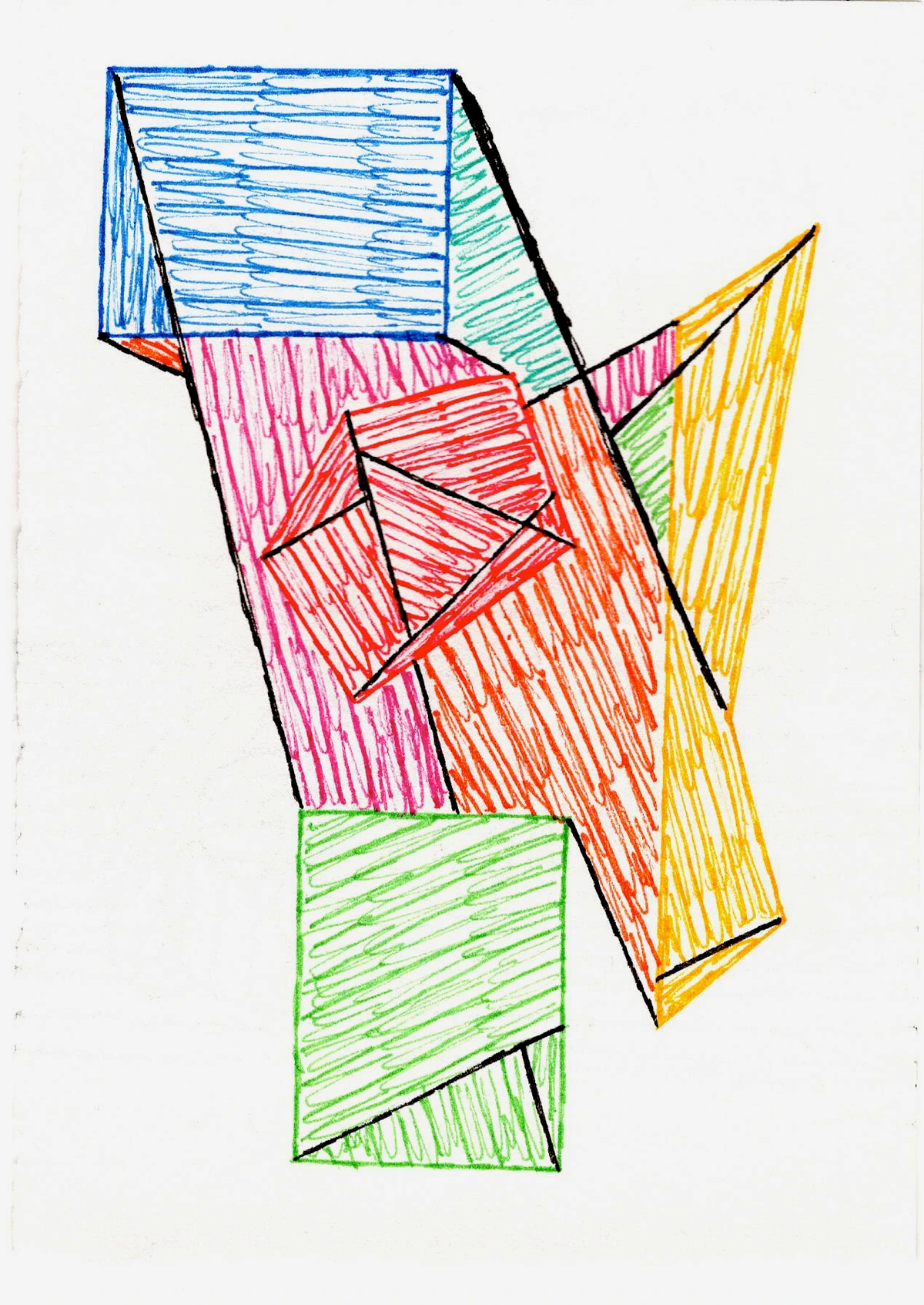
The art market itself, comprising galleries, dealers, and auction houses, plays a pivotal role here. While many operate with integrity, the market's opaque nature and historical reliance on discretion can sometimes inadvertently, or even deliberately, facilitate the movement of art with questionable provenance. Greater transparency from all market participants is crucial for promoting ethical trade and bolstering the integrity of our shared cultural heritage. International agreements, like the Washington Principles on Nazi-Confiscated Art, have provided frameworks, but enforcing them across borders, against private collectors, or well-funded institutions, is a monumental challenge. This immense human effort to correct past injustices is now being amplified by technological advancements, thankfully. How do we balance legal practicality, the rights of current owners, and the timeless pursuit of moral right for original victims? It’s a question without easy answers, yet one we must continually ask and grapple with as stewards of culture.
A Glimmer of Hope: Technology Paving the Way for Transparency
While the legal landscape is undeniably complex, the pursuit of justice is also a forward-looking endeavor, and here, technology offers a beacon of hope. We've talked before about the impact of blockchain technology on art provenance and ownership, and I truly believe it holds real promise for creating immutable, transparent records of ownership. Imagine a digital ledger, impossible to tamper with once an entry is made, where an artwork’s every transaction and location is recorded. That’s the promise of blockchain for provenance: an immutable, transparent record that could make it nearly impossible for malicious actors to erase its past. For my own art, I’m exploring ways to integrate a digital certificate on the blockchain right from the moment of creation, almost like a permanent birth certificate.
Beyond blockchain, I'm genuinely excited about other technological advancements. AI, for example, is starting to revolutionize the way we sift through vast digital archives, helping to identify patterns or even visually match fragmented documents and lost art. It could also play a crucial role in detecting forged provenance documents, analyzing inconsistencies that human eyes might miss. Think of image recognition software scanning global databases of looted works, or even reconstructing shattered histories from disparate digital fragments. Digital watermarking for artworks also offers a way to embed verifiable information directly into the piece itself, tracking its journey. And frankly, digital archiving itself, making countless historical records searchable and accessible worldwide, is a game-changer for researchers.
But let's be honest, technology isn't a magic wand. These tools still face challenges: ensuring data accuracy at the point of input (garbage in, garbage out, right?), making these advanced systems accessible and affordable for all institutions globally, and bridging the digital divide so that smaller communities and developing nations aren't left behind. The idea of a flawless, instantly accessible digital history for every artwork is alluring, but the human element of careful data input and continuous oversight remains crucial.
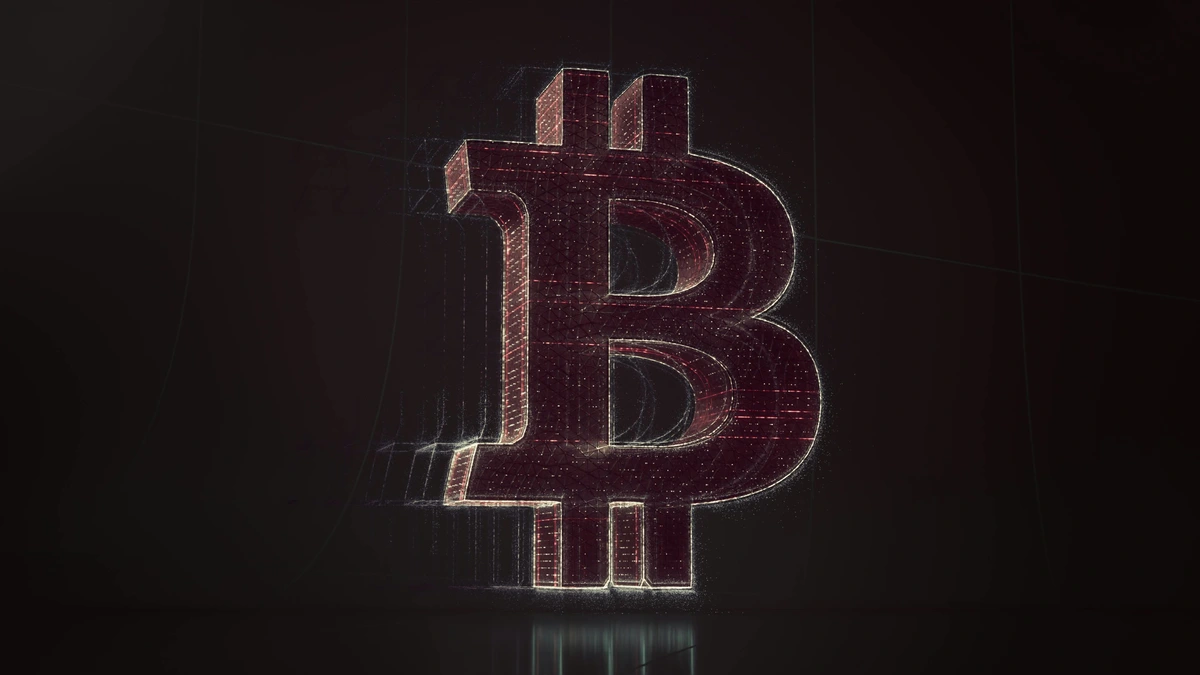
While technology won't solve historical cases overnight, it's a vital tool for building a more ethical and transparent art market for the future. For us contemporary artists, having clear, documented provenance from day one can prevent so much future heartache and lay the foundation for a trustworthy legacy.
The Artist's Legacy: Crafting Preventative Provenance from Day One
As an artist myself, I’ve often reflected on my own journey (you can see my timeline here) and the responsibility that comes with creating something new. While the focus of provenance often defaults to historical objects, I believe contemporary artists have a crucial role to play in preventative provenance. It’s about being meticulous from the very first brushstroke: documenting materials, initial concepts, sketches, exhibitions, sales, and even repairs. Beyond just physical records, I'd suggest artists consider creating a digital "artist statement" or "biography" for each major work, perhaps even a "digital twin" of the artwork with its initial provenance details embedded. This could be accessible via a QR code on the artwork itself, a dedicated webpage, or an entry on a blockchain ledger.
Several platforms and software solutions are emerging specifically for artists to manage their artwork inventory and digital provenance, offering structured templates and secure storage solutions. My own process, for example, involves a simple digital log where I meticulously note paint batch numbers, canvas suppliers, and even the weather on the day of creation! It feels a bit excessive sometimes, but it’s invaluable for maintaining a crystal-clear history.
This isn't just bureaucratic paperwork; it's about safeguarding the future integrity and authenticity of your work. Think of it as writing the first chapter of your art's life story, ensuring it begins with clarity and truth. This proactive approach not only builds trust with collectors but also enhances the perceived value and lasting legacy of your creations, preventing ambiguities that could lead to ethical dilemmas down the line. Moreover, by clearly documenting provenance, artists also play a vital role in educating collectors about the importance of ethical acquisition, ensuring they become active partners in safeguarding cultural heritage. It's about setting the stage for an art piece to find its ethical "re-homing" when its current owner no longer desires it, ensuring its journey continues transparently, and ultimately, contributing to a more responsible art ecosystem.
The Collector's Responsibility: Building an Ethical Legacy
Even if your collection consists of vibrant, contemporary pieces (and if you're looking for some, well, you know where to find art for sale), the principles of provenance are still incredibly important. Understanding and demanding strong provenance cultivates an ethical collecting practice. It means you’re not just buying an object; you’re engaging with its entire story and actively ensuring you’re not inadvertently participating in any form of illicit trade, whether it's through outright theft, dubious colonial acquisition, exploitation, or questionable wartime transfers. It's about being an active participant in a more just art world, one piece at a time, protecting cultural heritage.
Moreover, by exercising robust due diligence, collectors protect themselves from the legal and ethical quagmire of inadvertently acquiring a stolen or illicit artwork. Imagine the dismay of owning a cherished piece only to discover it carries a hidden, painful history that necessitates its return. This vigilance honors not only the original victims but also safeguards the integrity and reputation of your own collection. As I mentioned in the ethics of collecting, being an informed collector is about more than just taste or investment; it’s about responsibility. It means knowing the difference between provenance and authentication and valuing both as proactive steps in building an ethical, responsible, and truly meaningful collection. Beyond personal due diligence, consider actively supporting museums and non-profits dedicated to provenance research and restitution efforts – it's a powerful way to contribute to collective justice.
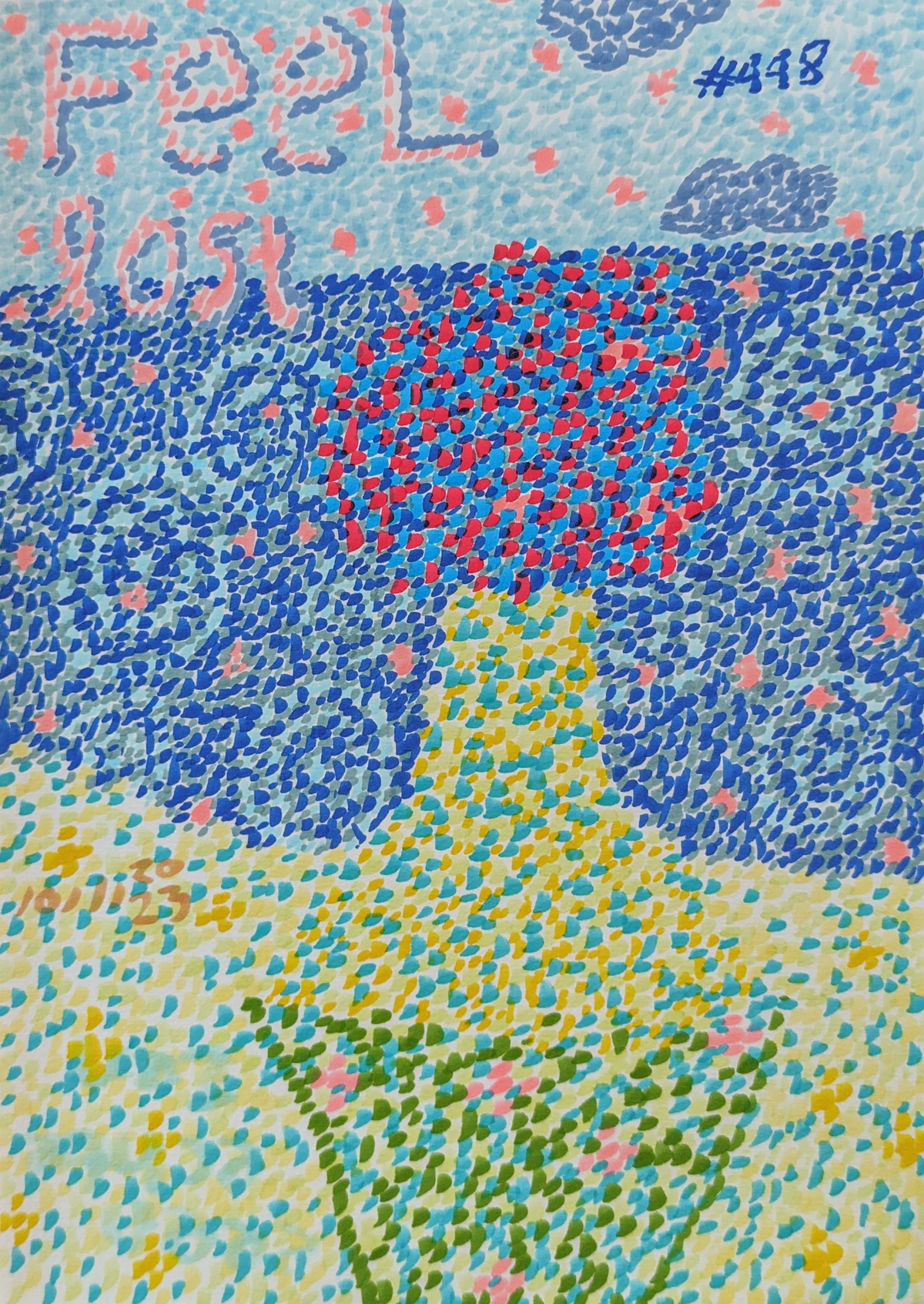
What does it mean for us, as creators and custodians of art, to ensure these stories are told with integrity? It means committing to the often-difficult, always rewarding, work of tracing and telling the full, unvarnished truth of every artwork's journey.
Untangling the Knots: Common Provenance Quandaries
Let's clarify some of the more intricate aspects with a few commonly encountered questions, reinforcing the critical role of provenance in safeguarding cultural heritage.
What if provenance records are incomplete or lost?
This is a common and incredibly frustrating challenge. When records are incomplete, researchers must rely on secondary sources and forensic analysis. This can include analyzing exhibition labels, shipping crates, unique artist markings, or even scientific dating of materials. Oral histories from descendants can also provide crucial, albeit sometimes hard to verify, links. The absence of clear provenance often raises red flags for potential buyers, underscoring the critical importance of thorough due diligence. It's a bit like piecing together a puzzle with many missing pieces; you need every available tool and a lot of patience.
How does proving provenance for heavily restored or altered contemporary art pose unique challenges?
That's a fascinating and increasingly relevant point! For historical pieces, the challenge is often finding records. For contemporary art that has undergone significant restoration or alteration – sometimes by the artist, sometimes without their explicit direction – the challenge can be in deciphering the original state and ensuring its continuous identity. Extensive restoration might obscure original artist markings, labels, or even material compositions that were crucial to its initial provenance. It demands a highly specialized blend of art historical knowledge and conservation science to maintain the integrity of its story, especially if legal or ethical questions arise about its history. Moreover, the artist's own meticulous documentation of any restoration or alteration becomes even more paramount in maintaining a clear provenance for future owners. It feels like a constant negotiation between an artwork's past, present, and potential future identity.
How can I start researching the provenance of my own art?
If you're curious about your own collection, the journey can be incredibly rewarding! Start by gathering all existing documentation you have: receipts, appraisal reports, old photographs, or even notes from previous owners. Look closely at the artwork itself for any labels, stamps, or inscriptions on the back, frame, or stretcher. Then, consult public databases like the Art Loss Register or museum collections online. If it's a significant piece, consider engaging a professional provenance researcher or an art historian. It's a bit like being a detective for your own art, and it's a fantastic way to deepen your connection to your collection and solidify your role in protecting cultural heritage. So, why not give it a try? What hidden stories will you uncover?




